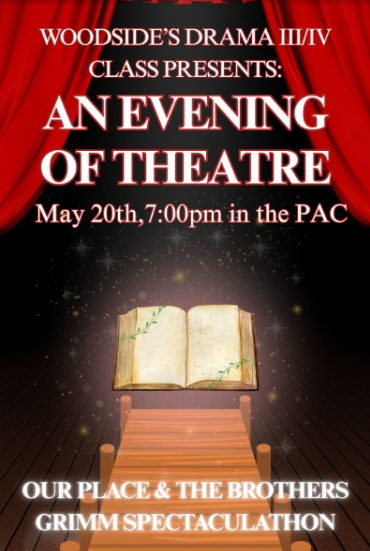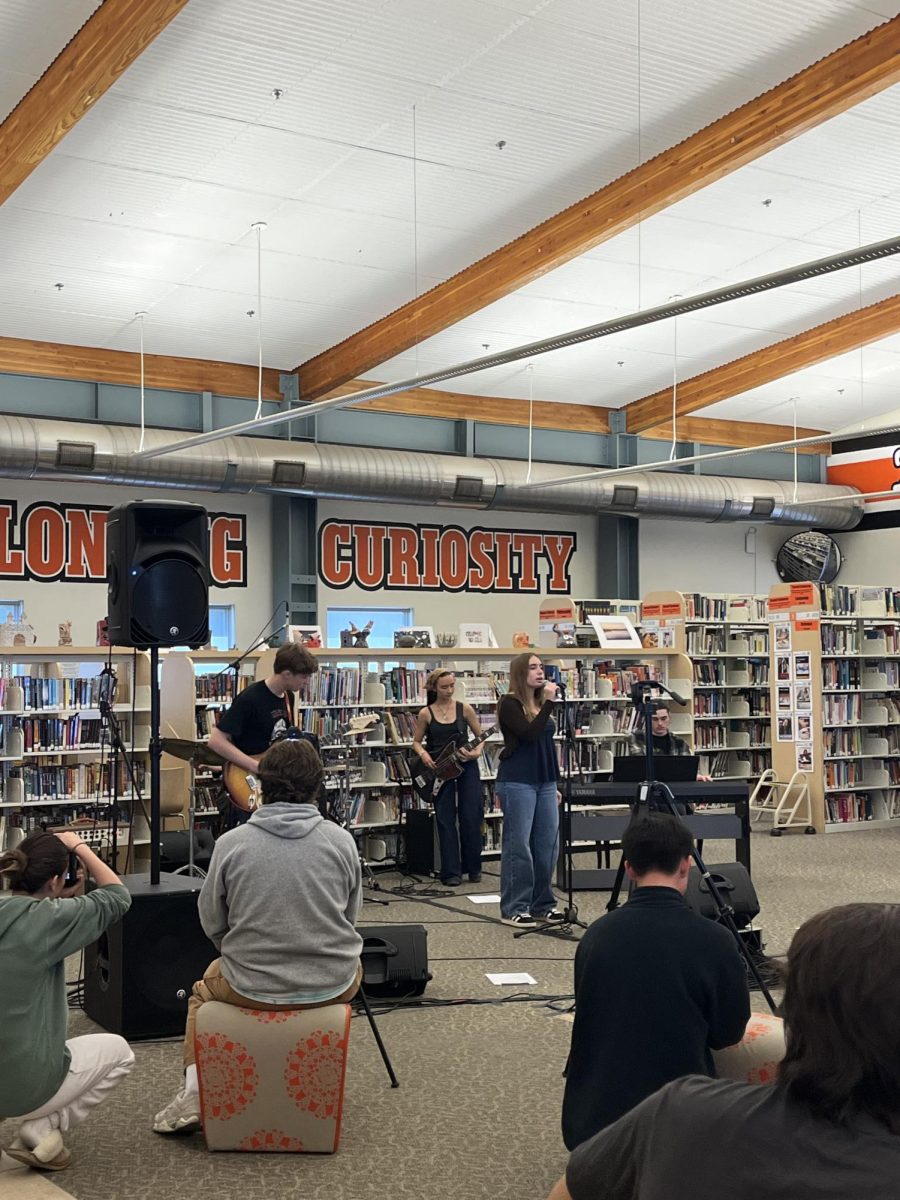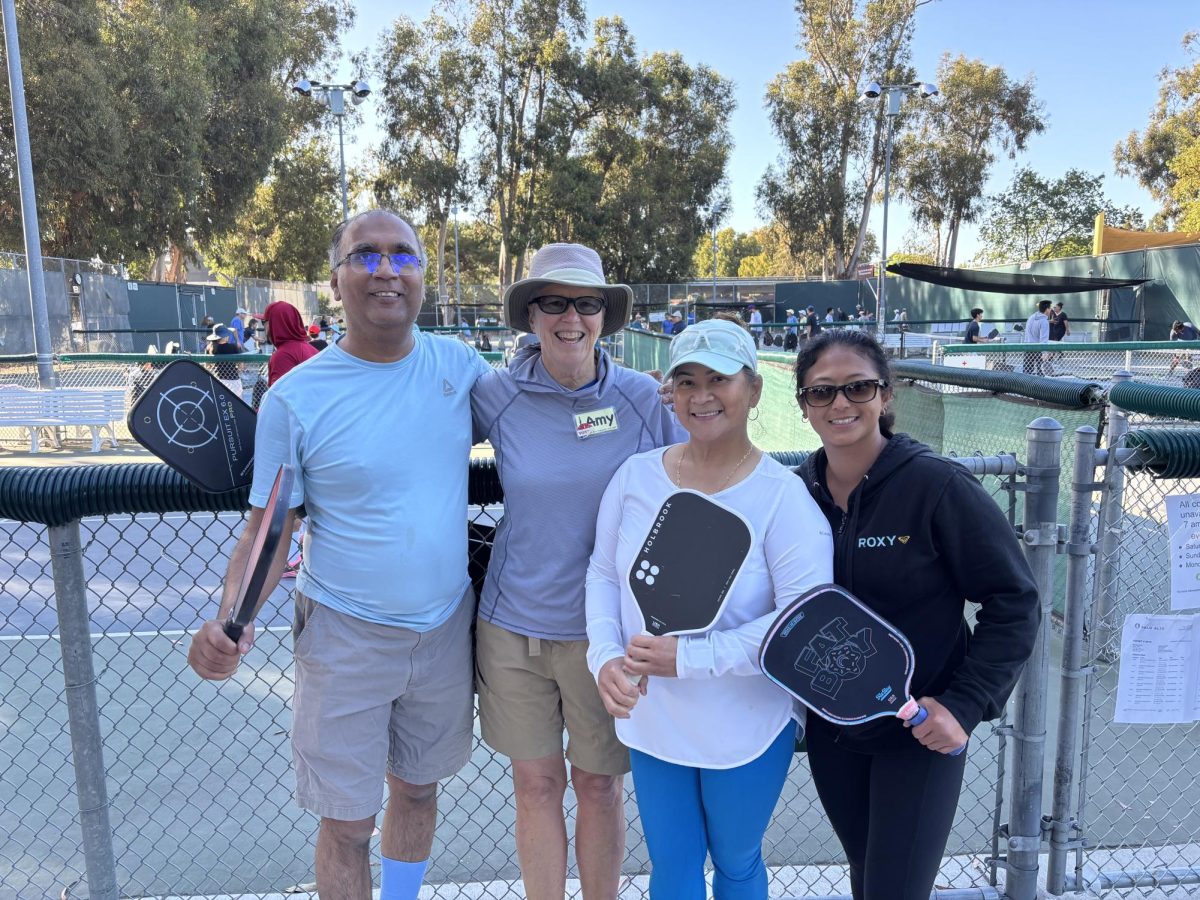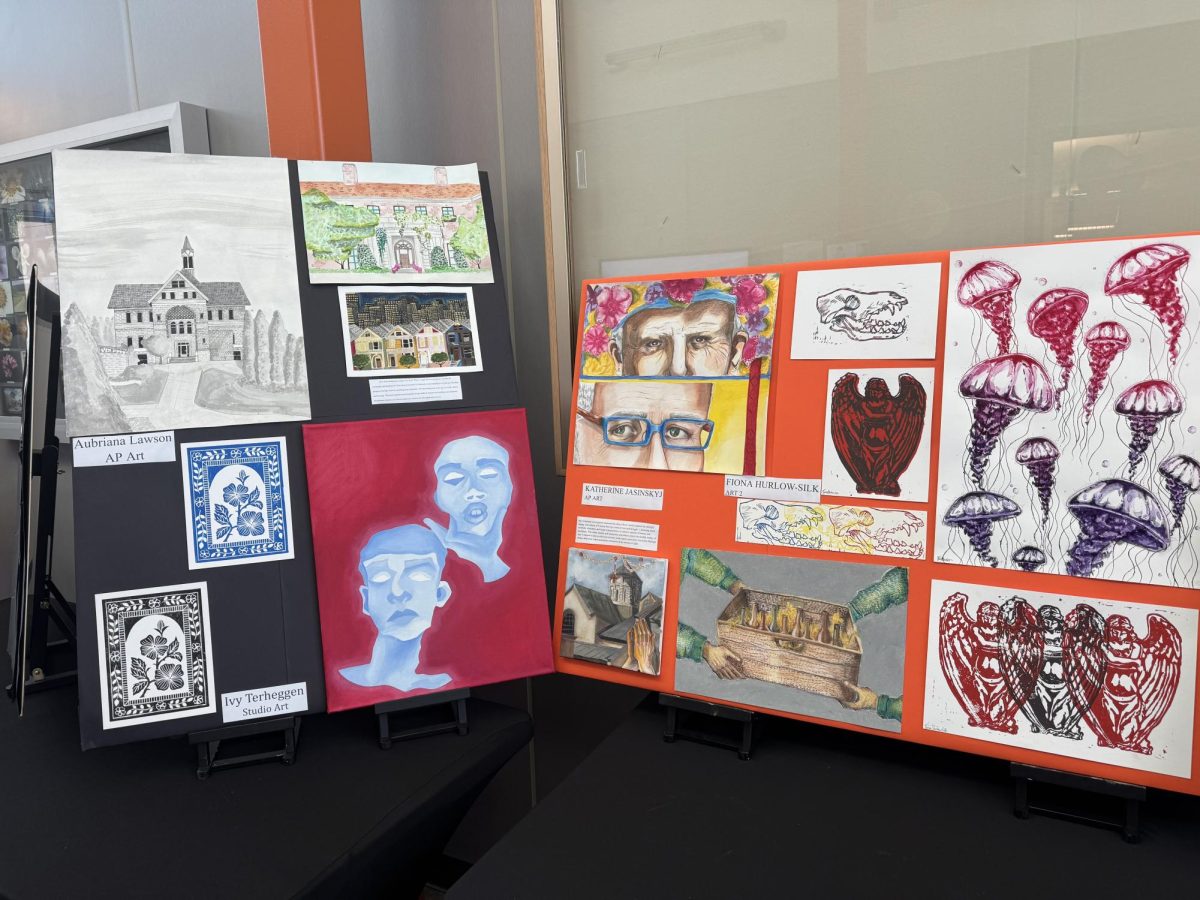Topic sentence, context, evidence, analysis, transition. English students see these rigid, sentence-by-sentence expository writing outlines beginning freshman year, and practice them consistently throughout their four years of high school and beyond.
Even as expository and argumentative writing proves to be a valuable and crucial aspect of any English program, the curriculum can begin to feel unbalanced; we may be losing sight of the artistic side of English class.
A well-rounded writer and English student needs balance in their work; creative writing should be given as much weight as any other form, as sufficient skills in storytelling and imagery never cease to prove their importance in the classroom. On a purely academic level, creative writing can act as an extension of the argumentative skills at a student’s disposal; compelling stories and visual writing elevates any argumentative or expository work, providing memorable details and a fluid portrayal of ideas.
Additionally, the practice of creative writing impacts students in a way that strictly academic forms of writing cannot. Expressing meaningful stories in a more flexible, artistic medium enables students to reflect inward and tap into deeper ideas, allowing them to better connect with the “humanity” that English literature embodies. At Woodside, even the shortest or simplest creative writing assignments leave a lasting impression on students.
“We actually [have had] a few instances of creative writing last year,” AS English II student Charles Douglas said. “We all wrote our own memoirs and a short story, and I loved that.”
Creative writing in the classroom also yields skills that extend beyond English class altogether. According to the University of California Berkeley’s Greater Good Magazine, the practice of creative writing for students helps to foster a growth mindset. A growth mindset helps students approach their education experience from an entirely different lens, encouraging habits of constructive iteration and improvement through challenging learning opportunities. Especially in an academic climate in which competitive grades and perfection on the first try are so deeply glorified, a growth mindset becomes more important than ever for nurturing a healthy educational experience.
As freshmen, students are just getting their footing in high school, and with AP English classes two years away, creative writing assignments occur more frequently. However, as sophomores and juniors come closer to the world of strict AP rubrics and curriculum with little flexibility, creative writing often falls between the cracks. Those looking for a competitive English track throughout high school frequently view the practice of poetry and story writing as tedious obstacles, obstructing the most valuable aspects of the academic medium.
However, just as research essays, persuasive writing, and argumentative organization hold a place in the California Common Core State Standards, creative writing skills are expressly required in every high school grade level. For instance, juniors and seniors are expected to “Write narratives to develop real or imagined experiences or events using effective technique, well-chosen details, and well-structured event sequences.” Even if these skills are briefly grazed upon in advanced English classes, they do not receive nearly as much emphasis or importance as the scholarly, essay-oriented skills highlighted in the state standards.
Because creative writing prompts deep thinking and connection to texts on a foundational, emotional level, these skills could not be more important to favorable performance in AP English classes. In the AP Language and Composition class, students are required to craft strong argumentative pieces, which could be improved with strong anecdotal details and vivid writing achieved with creative practice. In AP Literature and Composition, students must develop a deep, nuanced understanding of poems, stories, and other texts. The ability to express complex ideas and come to understand texts based on empathy and emotion comes with creative writing skills, as well as practice in independent interpretation of literature.
The ability to appreciate given novels, stories, and poems as artworks can also tend to slip away with the later years of English class. For maximized efficiency and accuracy, students are encouraged to search for themes, motifs, and evidence that already align with common interpretations of the text. Instead of allowing students to form and express their own understanding of the piece, they are given limited tools and prompts that point them toward a non-original conclusion.
“I feel like literature should be up to our interpretation,” AS English II student Addison Durrett said. “At the beginning of reading ‘The Handmaid’s Tale,’ I got docked a lot of points because my annotations and my analysis didn’t follow the structure we were supposed to be looking for in the book.”
While these strategies for literary analysis help students form coherent and concise opinions, it strips them of their ability to independently appreciate the text. Novels are meant to be interpreted as art, with abstract ideas and freedom for the reader’s interpretation; literature is not a puzzle with one correct answer. When students are given opportunities to appreciate pieces of literature for the complex works of art that they are, the lessons resonate far beyond the classroom.
“Throughout AS [English] I, we had so much more creative liberty and the class was just so much more enjoyable for me,” AS English II student Abigail Edwards said. “I went from somebody who never read, to going and reading ‘It’ by Stephen King and finishing the entire book.”
Freshman English proves to be a deeply impactful class for students, but many of the core elements that make this class so meaningful are lost as students climb to the more difficult levels of Woodside’s English program. If we want students to experience English as the complex core of the humanities that it is, we need to extend beyond superficiality and reach for a deeper appreciation of English as a fundamental form of art, allowing students to create, evaluate, and explore the craft at a personal and emotional capacity.












